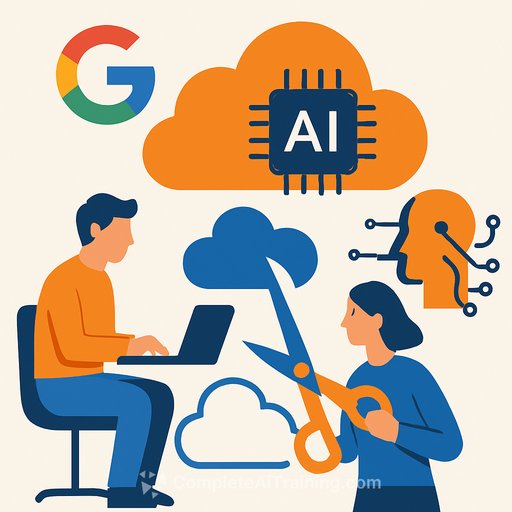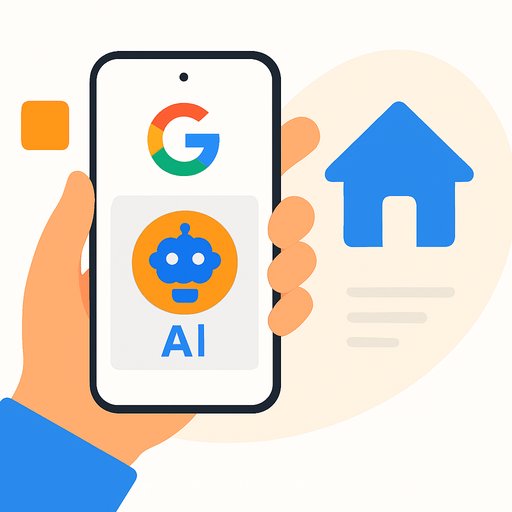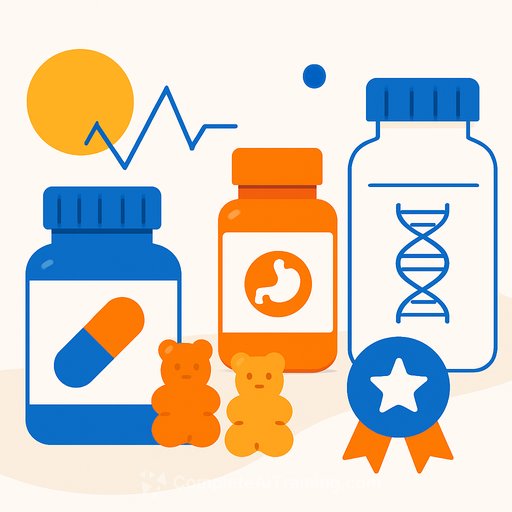Google's AI-Fueled Restructure: What HR and Product Leaders Need To Do Next
Between October 1-4, 2025, Google (GOOGL) executed layoffs in its Cloud division, cutting more than 100 design and UX research roles in the US. This is a strategic reallocation: fewer headcount-heavy research functions, more investment in AI infrastructure and AI-focused engineering.
Leadership has been clear. As Sundar Pichai put it, Google must "be more efficient as we scale up so we don't solve everything with headcount" and use this "AI moment" to "drive higher productivity." The message to the industry is simple: reorient teams, budgets, and workflows around AI.
What shifted inside Google Cloud
Teams like quantitative UX research and platform/service experience saw major reductions, in some cases up to 50%. The bet: AI can handle early design iterations, user flow analysis, and synthesis of feedback faster than traditional methods.
Human expertise isn't removed; it moves up a level. Designers and researchers focus on oversight, strategy, and judgment-areas where nuance, context, and ethics matter.
Implications for HR leaders
- Rebalance talent mix: fewer pure researchers, more AI-fluent designers, data-savvy PMs, ML ops, and applied scientists.
- Stand up internal mobility: transition affected talent into AI-adjacent roles with focused upskilling paths.
- Update job architectures: add competencies for data literacy, prompt-writing, experimentation, and model oversight to relevant roles.
- Revise workforce plans: scenario-plan for 12-24 months of AI-driven process redesign, not a one-off reorg.
- Protect the human element: create roles and checkpoints accountable for empathy, accessibility, and bias testing.
Implications for Product and UX leaders
- Adopt an AI-first workflow: generate concepts, flows, and research summaries with AI; keep humans for prioritization, framing, and validation.
- Run smaller, faster studies: use AI to condense qualitative data, then validate with targeted human research.
- Instrument for behavior: shift from survey-heavy to event-based analytics and synthetic user testing.
- Define "human-in-the-loop" gates: set points where humans must review AI output before it touches customers.
New role profiles to consider
- AI-UX Designer: Prototyping with generative tools, data-informed design decisions, prompt creation, and bias-aware evaluations.
- AI Product Strategist: Model selection tradeoffs, measurement plans, cost/perf governance, and human oversight policy.
- ML Ops for Product Teams: Experimentation pipelines, eval suites, telemetry, rollback, and model lifecycle management.
- Prompt and Interaction Engineer: System prompts, retrieval strategies, safety boundaries, and qualitative testing.
Competitive pressure is rising
Google's move signals to Microsoft (MSFT), Amazon (AMZN), and Meta (META) that AI-centric headcount and budgets are now table stakes. Expect more companies to trim non-AI functions and expand AI platform and tooling teams.
Startups building AI for design, research, and product ops will see stronger demand. Traditional agencies or internal departments that resist AI workflows will feel margin and velocity pressure.
Risks to manage
- Loss of empathy: AI can miss edge cases and cultural nuance. Keep diverse human review in key loops.
- Bias and drift: Establish audits for data, prompts, and outputs. Track drift with regular evals.
- Over-automation: Don't replace formative research entirely; use AI to narrow questions, not to declare answers.
- Governance gaps: Define ownership for safety, accessibility, and compliance across product lines.
30-60-90 day action plan
- Days 0-30: Inventory AI opportunities by product area. Map roles to skills. Freeze net-new non-AI headcount until the plan is set.
- Days 31-60: Pilot AI-assisted UX workflows (ideation, research synthesis, analytics triage). Stand up a human-in-the-loop review board.
- Days 61-90: Roll out a skills program for PM, UX, and Eng. Update job ladders and performance metrics. Fund an AI platform team for shared tooling.
Hiring signals and interview prompts
- For AI-UX Designer: Show prototypes built with AI; explain decisions grounded in data; walk through bias checks and accessibility choices.
- For AI PM: Describe an eval framework (quality, safety, cost), gating criteria for release, and a rollback story.
- For ML Ops: Provide examples of offline vs. online eval alignment, telemetry design, and automated guardrails.
Metrics that matter
- Cycle time: idea-to-prototype-to-test lead time.
- Quality: task success, satisfaction, and model-specific eval scores.
- Efficiency: research synthesis time, cost per experiment, cloud spend per feature.
- Safety and fairness: bias checks passed, incident rate, accessibility compliance.
- Adoption and retention: engagement lift for AI-assisted features vs. baseline.
Upskilling and governance resources
- NIST AI Risk Management Framework for practical governance and risk controls.
- OECD AI Principles for ethical guardrails and accountability themes.
Hands-on learning paths
- AI courses by job function to reskill PM, UX, and Engineering.
- Popular AI certifications to standardize skill signals in hiring.
- Prompt engineering resources for designers and PMs.
The takeaway for HR and Product
Google's cuts aren't just a budget exercise; they reflect a durable shift in how design and research get done. AI handles the first drafts and the heavy lift; people apply taste, ethics, and strategy.
If you lead teams, re-plan your org, skills, and workflows now. Protect human judgment where it matters, measure what you change, and build the capability to adapt again in six months-because this won't be the last shift.
Your membership also unlocks:










